Parasympathetic Activity and Blood Catecholamine Responses Following a Single Partial-Body Cryostimulation and a Whole-Body Cryostimulation
Résumé
The aim of this study was to compare the effects of a single whole-body cryostimulation (WBC) and a partial-body cryostimulation (PBC) (i.e., not exposing the head to cold) on indices of parasympathetic activity and blood catecholamines. Two groups of 15 participants were assigned either to a 3-min WBC or PBC session, while 10 participants constituted a control group (CON) not receiving any cryostimulation. Changes in thermal, physiological and subjective variables were recorded before and during the 20-min after each cryostimulation. According to a qualitative statistical analysis, an almost certain decrease in skin temperature was reported for all body regions immediately after the WBC (mean decrease±90% CL,-13.7±0.7°C) and PBC (-8.3±0.3°C), which persisted up to 20-min after the session. The tympanic temperature almost certainly decreased only after the WBC session (-0.32±0.04°C). Systolic and diastolic blood pressures were very likely increased after the WBC session, whereas these changes were trivial in the other groups. In addition, heart rate almost certainly decreased after PBC (-10.9%) and WBC (-15.2%) sessions, in a likely greater proportion for WBC compared to PBC. Resting vagal-related heart rate variability indices (the root-mean square difference of successive normal R-R intervals, RMSSD, and high frequency band, HF) were very likely increased after PBC (RMSSD: +54.4%, HF: +138%) and WBC (RMSSD: +85.2%, HF: +632%) sessions without any marked difference between groups. Plasma norepinephrine concentrations were likely to very likely increased after PBC (+57.4%) and WBC (+76.2%), respectively. Finally, cold and comfort sensations were almost certainly altered after WBC and PBC, sensation of discomfort being likely more pronounced after WBC than PBC. Both acute cryostimulation techniques effectively stimulated the autonomic nervous system (ANS), with a predominance of parasympathetic tone activation. The results of this study also suggest that a whole-body cold exposure induced a larger stimulation of the ANS compared to partial-body cold exposure.
Domaines
Physiologie du sport
Origine : Fichiers éditeurs autorisés sur une archive ouverte
Loading...
